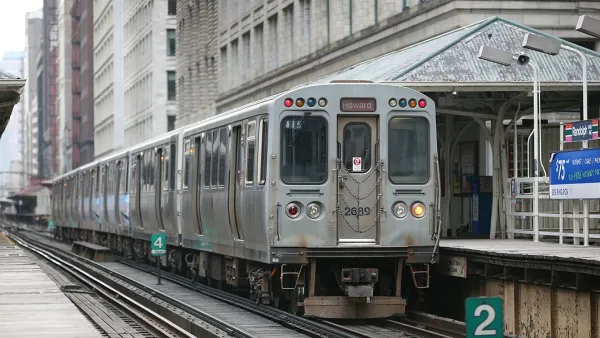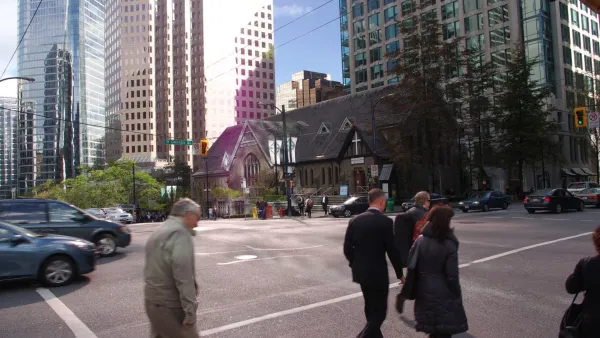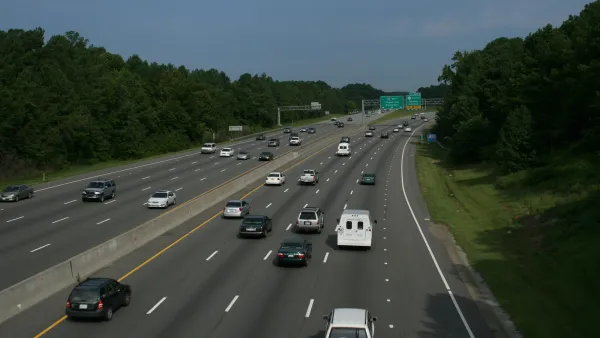Angie Schmitt discusses new research from U.S. PIRG indicating youngsters are relying on their cars less than the generation before them, motivated by more than just thinning pocketbooks.
A study released Thursday by the U.S. Public Interest Research Group shows young people (defined here as 16- to 34-years-old) are getting comfortable finding new ways to get around.
While they're driving less (vehicle miles traveled fell by almost a quarter over the first decade of the millennium for the cohort), they're getting out on two wheels more (bicycle trips increased by roughly the same percentage).
For youngsters in families with high income – that's $70,000 or more – the trend is even stronger, riding bikes and buses twice as often in 2009 as they did in 2001.
Many are making the shift for environmental reasons, a concern less prevalent among respondents over 34. In addition, Schmitt offers the following explanation: "Higher gas prices, obviously, help put owning a car out of reach for many younger Americans, especially as the age group struggles in a less-favorable job market. [Also], technology, specifically smartphones, and their incompatibility with (safe) driving, help make alternatives that much more inviting."
FULL STORY: U.S. PIRG Report: Young Americans Dump Cars for Bikes, Buses

National Parks Layoffs Will Cause Communities to Lose Billions
Thousands of essential park workers were laid off this week, just before the busy spring break season.

Retro-silient?: America’s First “Eco-burb,” The Woodlands Turns 50
A master-planned community north of Houston offers lessons on green infrastructure and resilient design, but falls short of its founder’s lofty affordability and walkability goals.

Delivering for America Plan Will Downgrade Mail Service in at Least 49.5 Percent of Zip Codes
Republican and Democrat lawmakers criticize the plan for its disproportionate negative impact on rural communities.

Test News Post 1
This is a summary

Test News Headline 46
Test for the image on the front page.

Balancing Bombs and Butterflies: How the National Guard Protects a Rare Species
The National Guard at Fort Indiantown Gap uses GIS technology and land management strategies to balance military training with conservation efforts, ensuring the survival of the rare eastern regal fritillary butterfly.
Urban Design for Planners 1: Software Tools
This six-course series explores essential urban design concepts using open source software and equips planners with the tools they need to participate fully in the urban design process.
Planning for Universal Design
Learn the tools for implementing Universal Design in planning regulations.
EMC Planning Group, Inc.
Planetizen
Planetizen
Mpact (formerly Rail~Volution)
Great Falls Development Authority, Inc.
HUDs Office of Policy Development and Research
NYU Wagner Graduate School of Public Service





























